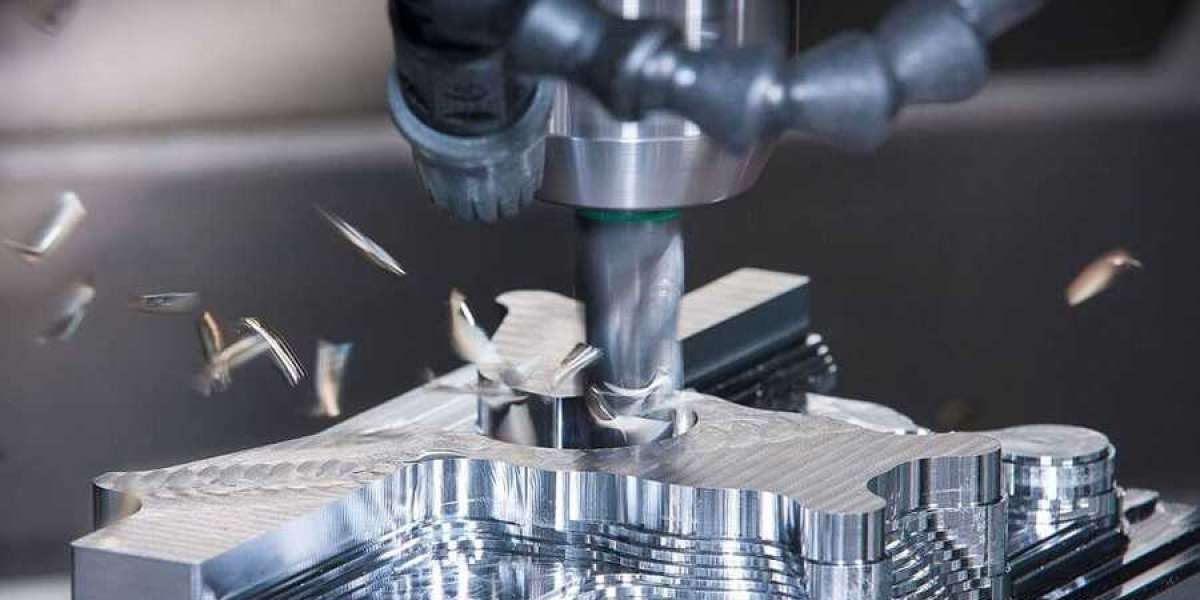In the realm of modern manufacturing, aluminum CNC (Computer Numerical Control) machining stands out as a vital process that combines precision, efficiency, and versatility. Its application spans across industries, from aerospace to automotive, electronics to consumer goods. This article delves into the intricacies of aluminum CNC machining, exploring its benefits, applications, and how it shapes the future of manufacturing.
What is Aluminum CNC Machining?
CNC machining is a subtractive manufacturing process where pre-programmed software controls the movement of tools and machinery. When applied to aluminum, a lightweight yet durable material, the process creates components with exceptional accuracy and surface finishes.
Aluminum's properties—such as its high strength-to-weight ratio, corrosion resistance, and excellent thermal and electrical conductivity—make it a preferred material for CNC machining. Additionally, its machinability allows for faster production cycles and reduced tool wear compared to other metals.
The Process of Aluminum CNC Machining
Design and Programming: The process begins with the creation of a CAD (Computer-Aided Design) model, which is then converted into a CNC program. This program dictates the tool paths, cutting speeds, and other parameters required to shape the aluminum workpiece.
Material Preparation: The aluminum stock is prepared and securely mounted onto the CNC machine. Common aluminum grades used in CNC machining include 6061, 7075, and 5052, each chosen based on specific application requirements.
Machining Operations: Various machining techniques are employed, such as:
Milling: For creating complex shapes and contours.
Turning: For cylindrical parts.
Drilling: For holes and cavities.
Surface Finishing: For achieving smooth and precise surfaces.
Quality Inspection: Once machining is complete, the part undergoes rigorous quality checks using tools like coordinate measuring machines (CMM) to ensure dimensional accuracy and adherence to design specifications.
Benefits of Aluminum CNC Machining
High Precision: CNC machining ensures tight tolerances, often within ±0.005 inches, making it ideal for intricate designs and components requiring high accuracy.
Versatility: Aluminum CNC machining accommodates a wide range of applications, from prototypes to high-volume production runs, with consistent quality.
Efficiency: Automated operations reduce production time, minimize waste, and optimize material usage, leading to cost-effective manufacturing.
Customizability: CNC machines can be programmed to create custom designs, catering to specific requirements without the need for extensive retooling.
Enhanced Surface Finishes: Machined aluminum parts often have superior surface finishes, which can be further improved through post-processing techniques like anodizing, polishing, or bead blasting.
Applications of Aluminum CNC Machining
Aerospace Industry: Lightweight and strong aluminum components are crucial for aircraft structures, engine parts, and satellite components. CNC machining ensures these parts meet strict industry standards.
Automotive Industry: From engine blocks to transmission housings, aluminum CNC machining delivers durable and precise components that enhance vehicle performance and fuel efficiency.
Electronics Industry: Aluminum's thermal conductivity makes it a preferred material for heat sinks, enclosures, and other electronic components.
Medical Devices: The precision of CNC machining supports the production of surgical instruments, prosthetics, and diagnostic equipment, where accuracy is paramount.
Consumer Goods: Aluminum CNC machining is employed in creating durable and aesthetically pleasing products such as laptops, smartphones, and home appliances.
Challenges in Aluminum CNC Machining
Tool Wear: Although aluminum is relatively easy to machine, its abrasiveness can lead to tool wear over time. Using high-quality cutting tools and proper lubrication minimizes this issue.
Thermal Expansion: Aluminum's thermal expansion properties can affect dimensional accuracy during machining. Maintaining optimal cutting speeds and temperatures mitigates this challenge.
Chip Removal: Efficient chip removal is critical to prevent tool damage and ensure a clean work environment. Advanced CNC machines often feature automated chip evacuation systems.
Future Trends in Aluminum CNC Machining
Advanced Tooling: Innovations in cutting tool materials, such as diamond-coated tools, enhance durability and performance in machining aluminum.
Automation and Robotics: Integrating robotics with CNC machining streamlines operations, enabling faster production and reduced human intervention.
Sustainability: Eco-friendly practices, like recycling aluminum scraps and adopting energy-efficient machinery, are becoming integral to CNC machining processes.
AI and Machine Learning: AI-driven CNC machines can optimize tool paths, predict maintenance needs, and improve overall efficiency, paving the way for smarter manufacturing.
Conclusion
Aluminum CNC machining is a cornerstone of modern manufacturing, offering unparalleled precision, efficiency, and versatility. Its applications span numerous industries, driving innovation and meeting the demands of an ever-evolving market. As technology advances, the integration of automation, AI, and sustainable practices will further enhance the capabilities of aluminum CNC machining, ensuring its prominence in the manufacturing landscape for years to come.








